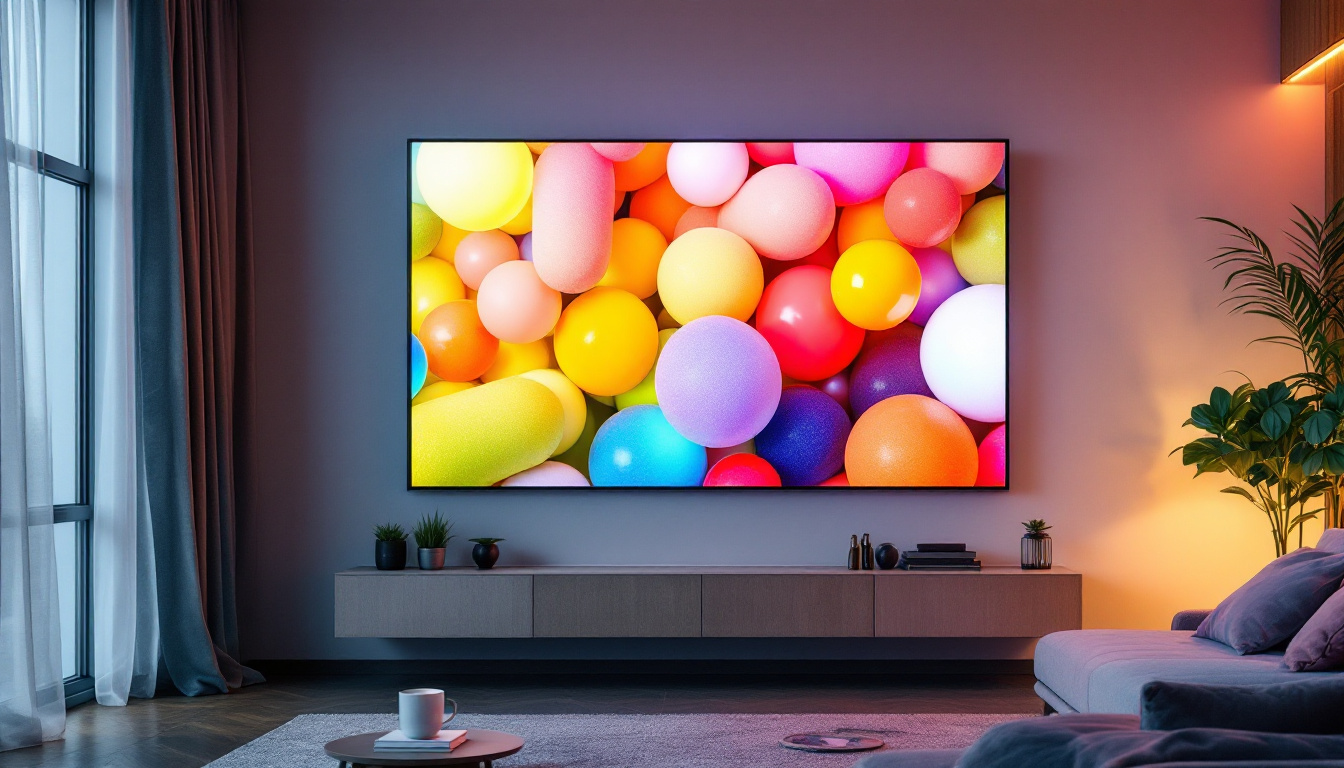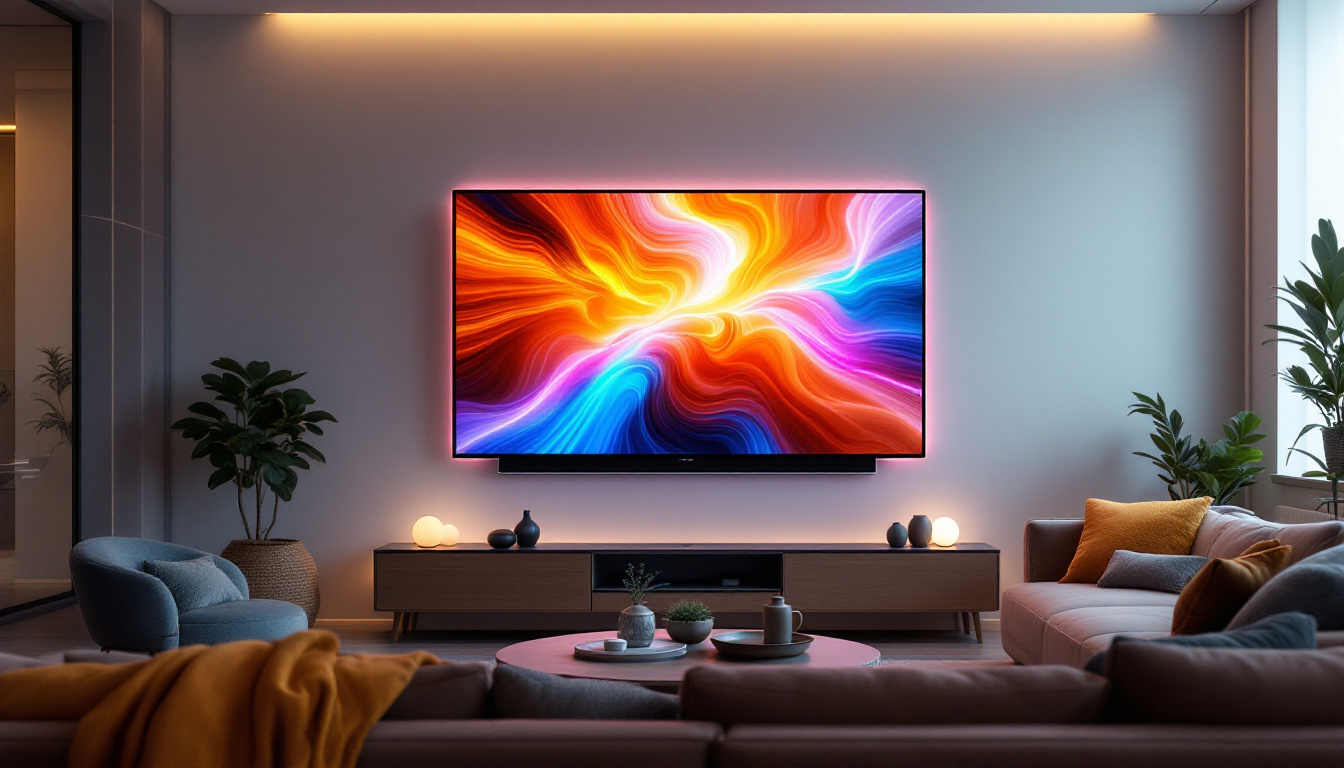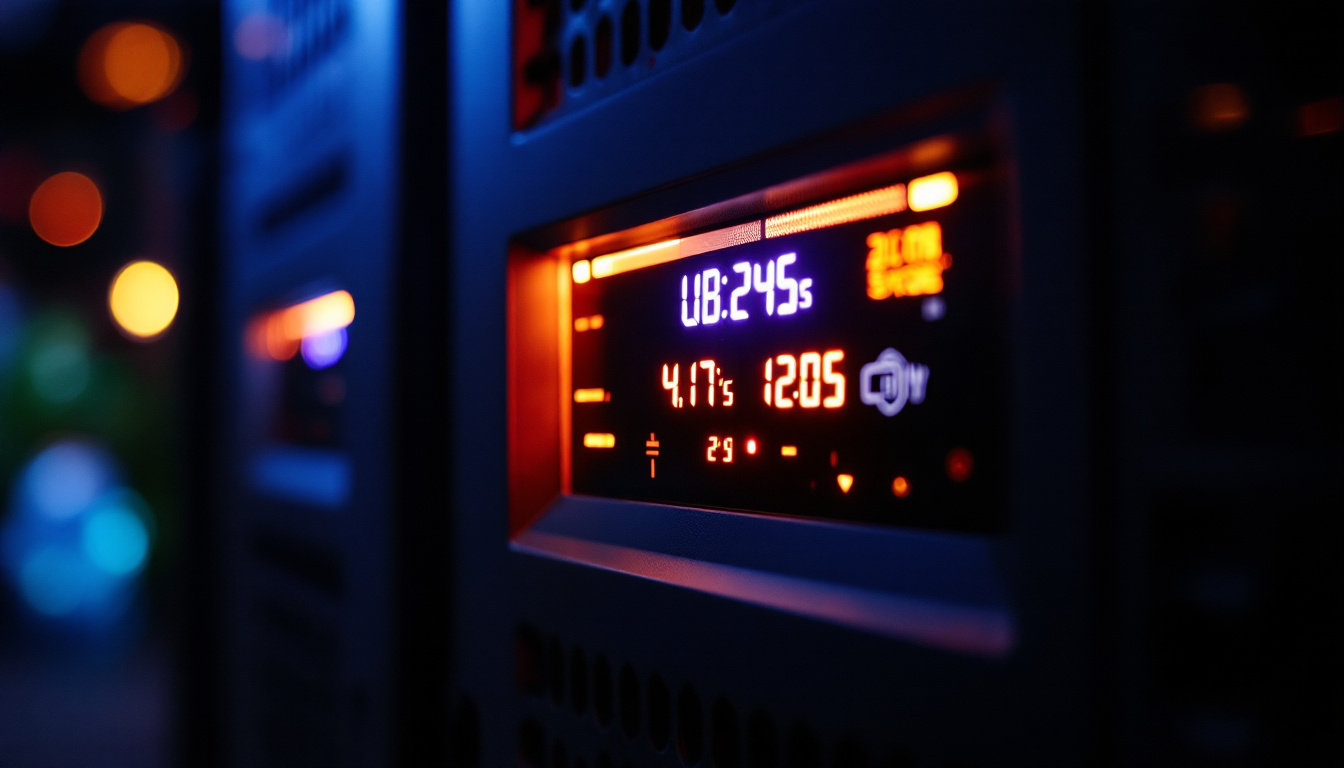In an increasingly noisy world, the importance of monitoring sound levels cannot be overstated. Wall mounted sound meters have emerged as essential tools in various environments, from industrial settings to educational institutions. These devices not only measure sound levels but also provide visual feedback through LED displays. This article will delve into the functionality of wall mounted sound meters, with a particular focus on their LED display features.
Understanding Wall Mounted Sound Meters
Wall mounted sound meters are designed to provide continuous monitoring of sound levels in a given area. They are commonly used in places where noise control is crucial, such as classrooms, offices, and factories. By providing real-time data, these devices help maintain a conducive environment for work and learning.
Key Features of Wall Mounted Sound Meters
These sound meters come equipped with various features that enhance their usability and effectiveness. One of the most significant features is the ability to display sound levels in decibels (dB). This measurement is crucial as it quantifies the intensity of sound, allowing users to understand when levels exceed acceptable thresholds.
Another important feature is the ability to set thresholds for alerts. Many wall mounted sound meters can be programmed to trigger visual or audible alarms when sound levels surpass a predetermined limit. This is particularly useful in environments where maintaining a specific noise level is essential.
Additionally, some advanced models offer data logging capabilities, enabling users to track sound levels over time. This feature is invaluable for identifying patterns and trends in noise levels, which can inform decisions about soundproofing or other noise mitigation strategies. Furthermore, many sound meters now come with connectivity options, allowing integration with smart building systems for enhanced monitoring and control.
Applications of Wall Mounted Sound Meters
The applications of wall mounted sound meters are diverse. In educational settings, they help maintain an appropriate noise level in classrooms, promoting better learning conditions. In offices, these devices can monitor noise levels to ensure a productive work environment.
In industrial environments, sound meters play a critical role in occupational safety. By continuously monitoring noise levels, they help prevent hearing loss among workers and ensure compliance with safety regulations. This proactive approach can lead to a healthier workforce and a more efficient operation.
Moreover, in public spaces such as libraries and hospitals, wall mounted sound meters can assist in enforcing quiet zones, ensuring that noise levels remain low to facilitate concentration and healing. The presence of these meters can also serve as a reminder to individuals about the importance of maintaining a respectful noise level, fostering a culture of awareness and responsibility in shared environments. As urban areas continue to grow and noise pollution becomes an increasing concern, the role of wall mounted sound meters in promoting sound management will only become more significant.
The Role of LED Displays
LED displays are a standout feature of wall mounted sound meters, providing instant visual feedback on sound levels. The clarity and brightness of these displays make them easy to read from a distance, which is essential in busy environments. Whether in a bustling restaurant, a crowded concert venue, or a busy construction site, the ability to quickly gauge sound levels can significantly enhance decision-making and overall safety.
Types of LED Displays
There are several types of LED displays used in sound meters, each with its advantages. Basic models typically feature a simple numeric display that shows the current dB level. More advanced models may include color-coded displays that provide immediate visual cues about sound levels.
For instance, a green light may indicate acceptable noise levels, while yellow and red lights signal increasing levels of concern. This color-coding system allows users to quickly assess their environment without needing to read precise numbers, making it particularly effective in dynamic settings. Some sophisticated models even incorporate graphical representations, such as bar graphs or waveforms, which can help users visualize sound fluctuations over time, adding another layer of understanding to the auditory landscape.
Benefits of LED Displays
One of the primary benefits of LED displays is their ability to convey information quickly and effectively. In environments where noise levels can fluctuate rapidly, having a clear visual representation allows users to respond promptly. This can be crucial in maintaining compliance with noise regulations or ensuring a comfortable atmosphere. For example, in a live music venue, sound engineers can adjust audio levels in real-time, preventing potential hearing damage for patrons and performers alike.
Additionally, LED displays often consume less power than traditional display technologies, making them a more energy-efficient choice. This is particularly important for devices that are intended for continuous operation, as it can lead to lower energy costs over time. Furthermore, the durability of LED technology means that these displays are less prone to damage from impacts or environmental factors, ensuring longevity and reliability in various settings. This resilience, combined with their low maintenance needs, makes LED displays a cost-effective solution for businesses and organizations aiming to monitor sound levels effectively.
Choosing the Right Wall Mounted Sound Meter
When selecting a wall mounted sound meter, several factors should be considered to ensure it meets specific needs. Understanding these factors can help users make informed decisions and choose a device that provides the best performance for their environment.
Accuracy and Sensitivity
The accuracy of a sound meter is paramount. A device that provides precise measurements will be more effective in monitoring sound levels and ensuring compliance with regulations. Sensitivity is also crucial, as it determines the meter’s ability to detect subtle changes in sound levels.
Users should look for sound meters that offer a wide range of measurement capabilities, ideally from 30 dB to 130 dB. This range ensures that the device can accurately measure both quiet and loud environments, making it versatile for various applications. Additionally, some advanced models may feature weighted measurements, such as A-weighting and C-weighting, which can provide more context to the sound levels being measured, particularly in environments where human perception of sound is a key consideration.
Ease of Installation and Use
Another important factor is the ease of installation. Wall mounted sound meters should come with clear instructions and all necessary mounting hardware to facilitate quick setup. Additionally, the user interface should be intuitive, allowing users to operate the device without extensive training.
Some models may offer additional features, such as remote monitoring capabilities or integration with other systems. These features can enhance usability and provide more comprehensive data analysis, making them valuable in more complex environments. Furthermore, connectivity options such as Wi-Fi or Bluetooth can allow for real-time data streaming to smartphones or computers, enabling users to monitor sound levels from a distance. This can be particularly beneficial in settings like schools, hospitals, or industrial sites, where constant oversight is essential for maintaining a safe and compliant atmosphere.
Maintenance and Calibration
Regular maintenance and calibration are essential for ensuring the accuracy and longevity of wall mounted sound meters. Users should familiarize themselves with the manufacturer’s recommendations for upkeep to maintain optimal performance. Neglecting these practices can lead to inaccurate readings, which may result in compliance issues or safety hazards in environments where sound levels are critical.
Routine Checks
Routine checks should include verifying the device’s functionality and ensuring that the LED display is operating correctly. Dust and debris can accumulate on the sensor and display, potentially affecting accuracy. Cleaning the device periodically can help mitigate this issue. It’s advisable to use a soft, lint-free cloth and a gentle cleaning solution to avoid damaging sensitive components. Furthermore, users should inspect the mounting hardware and ensure that the device is securely attached to the wall, as vibrations or shifts in position can also impact measurement reliability.
Additionally, users should monitor the sound meter’s performance over time. If discrepancies in readings are noted, it may be time to recalibrate the device. Many manufacturers provide guidelines for recalibration, which can often be performed in-house with the right tools. Keeping a log of calibration dates and results can be beneficial for tracking performance trends and identifying any potential issues early on. This proactive approach not only enhances the device’s reliability but also fosters a culture of safety and accountability in sound management practices.
Professional Calibration Services
For those who require the highest level of accuracy, professional calibration services may be necessary. These services ensure that the sound meter is functioning within specified tolerances and can provide certification for compliance with industry standards. Engaging with certified professionals can also offer insights into the latest technologies and methodologies in sound measurement, which can be invaluable for organizations looking to stay ahead in their compliance efforts.
Investing in professional calibration can be particularly beneficial in environments where regulatory compliance is critical, such as in construction or manufacturing. Ensuring that sound levels are accurately measured can help avoid legal issues and promote a safer workplace. Furthermore, regular professional assessments can uncover underlying issues that may not be apparent during routine checks, such as component wear or environmental factors affecting performance. By prioritizing both routine maintenance and professional calibration, users can ensure their sound meters deliver reliable and precise measurements, ultimately contributing to better decision-making and enhanced workplace safety.
Conclusion
Wall mounted sound meters equipped with LED displays are invaluable tools for monitoring sound levels in various environments. Their ability to provide real-time data and visual feedback enhances usability and helps maintain appropriate noise levels.
When selecting a sound meter, it is essential to consider factors such as accuracy, ease of use, and maintenance requirements. By understanding these aspects, users can choose a device that best suits their needs and ensures a conducive environment for work, learning, and safety.
As noise pollution continues to be a growing concern, the role of wall mounted sound meters will only become more significant. Investing in quality sound monitoring solutions is a proactive step towards creating healthier, more productive spaces.
Discover LumenMatrix LED Display Solutions
As you consider the importance of sound management in your space, remember that the right visual tools are just as crucial for maintaining an optimal environment. LumenMatrix, a leader in LED display technology, offers an array of innovative solutions that can complement your sound monitoring systems. From Indoor and Outdoor LED Wall Displays to specialized options like Vehicle, Sports, and Floor LED Displays, LumenMatrix is dedicated to enhancing your brand’s visibility and creating immersive experiences. Embrace the future of visual communication with our Custom, All-in-One, and Transparent LED Displays. Check out LumenMatrix LED Display Solutions today and transform the way you share your message with precision and flair.































